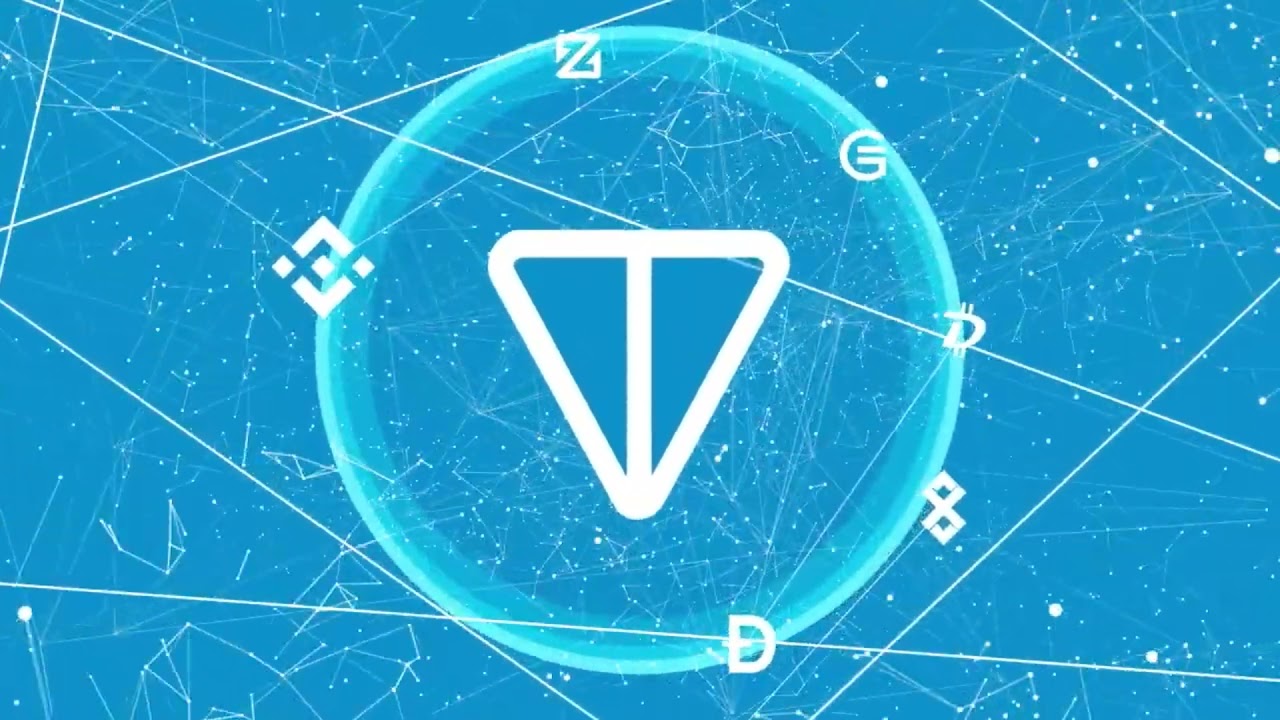
The wallet is ideal for long-term holders seeking enhanced security through crypto self-custody. It also serves cross-chain traders needing efficient movement between multiple networks without centralized intermediaries https://casinolistaustralia.com/.
While Bitget Exchange excels at facilitating trading activities and market participation, prudent cryptocurrency management involves transferring assets to Bitget Wallet for enhanced security and flexibility once trading is complete.
Many cryptocurrency users mistake Bitget Wallet vs Bitget Exchange, but recognizing the difference is critical for efficient crypto management. Each provides a distinct role in your digital asset journey. The wallet protects your funds, whilst the exchange promotes trade.
To enhance scalability, TON uses advanced sharding techniques. Dynamic sharding allows TON to automatically split and merge shardchains based on transaction volume. This ensures that performance remains optimal and prevents any potential bottlenecks.
EVAA is a lending and borrowing protocol integrated with Telegram, allowing you to manage assets directly. It offers features suitable for both seasoned DeFi participants and newcomers, enabling lending, liquidity provision, and token-based governance.
STON.fi is a decentralized automated market maker (AMM) exchange built on the TON blockchain. It offers nearly zero fees and low slippage for trading TON-based tokens, ensuring efficient and cost-effective transactions. STON.fi allows direct cross-chain swaps, broadening trading options, and is integrated with Telegram for convenient DeFi access.
While it was a sound project at the beginning, regulatory obstacles didn’t take long to kick in. TON was originally called Telegram Open Network and raised over $1.7 billion through a private token sale in 2018. However, a year later, the US Securities and Exchange Commission (SEC) filed a lawsuit against Telegram, alleging that the token offering was an unregistered securities sale.
Further, TON DNS is designed with a strong emphasis on decentralization and security. It uses cryptographic proofs to verify domain authenticity, ensuring secure and trustworthy name assignments. Naturally, all data storage is decentralized to ensure the system remains tamper-proof and reliable.

A smart contract is a self-executing program based on if-then logic. Vending machines provide a good analogy. If someone inserts $2 and presses B4, then the machine dispenses the cookies in the B4 slot. In other words, if the vending machine receives the required item of value, then it performs the requested action.
In conclusion, while smart contracts promise efficiency gains and transparency, they must overcome security challenges and scalability issues to realize their full potential. Our expertise at Ledger Leopard in smart contract development positions us uniquely to tackle these challenges head-on.
At LedgerLeopard, we’ve closely observed and contributed to the advancements in smart contract technology. Our solutions reflect an understanding of how smart contracts have transitioned from simple scripts to sophisticated programs that automate transactions and enforce terms without intermediaries. We recognize that each iteration brings us closer to realizing the full potential of decentralized automation.
Public blockchains have massive carbon footprints, but companies are exploring ways to reduce their environmental impact, and technology leaders concerned about sustainability should be aware of these options. An enterprise blockchain tends to use fewer computational resources than a public blockchain, and careful maintenance can help keep it that way.